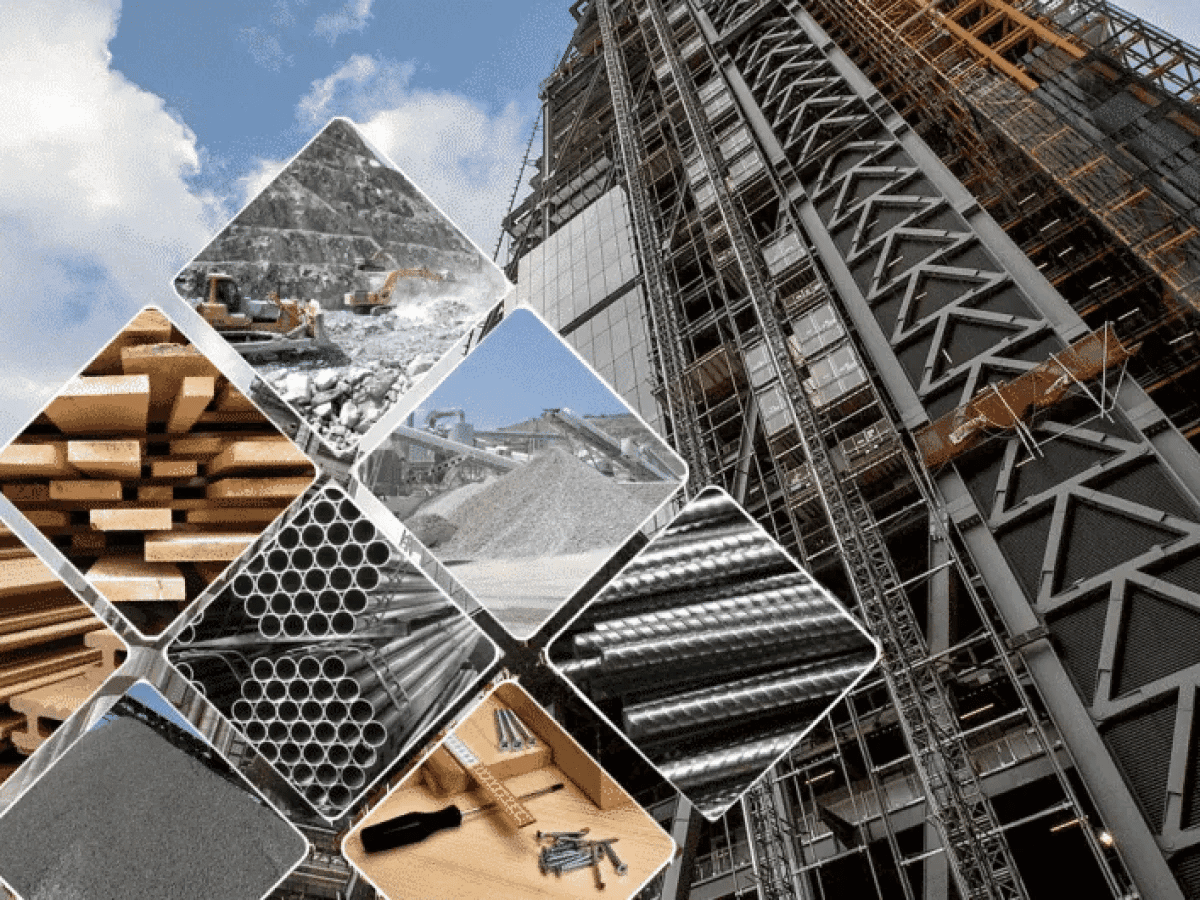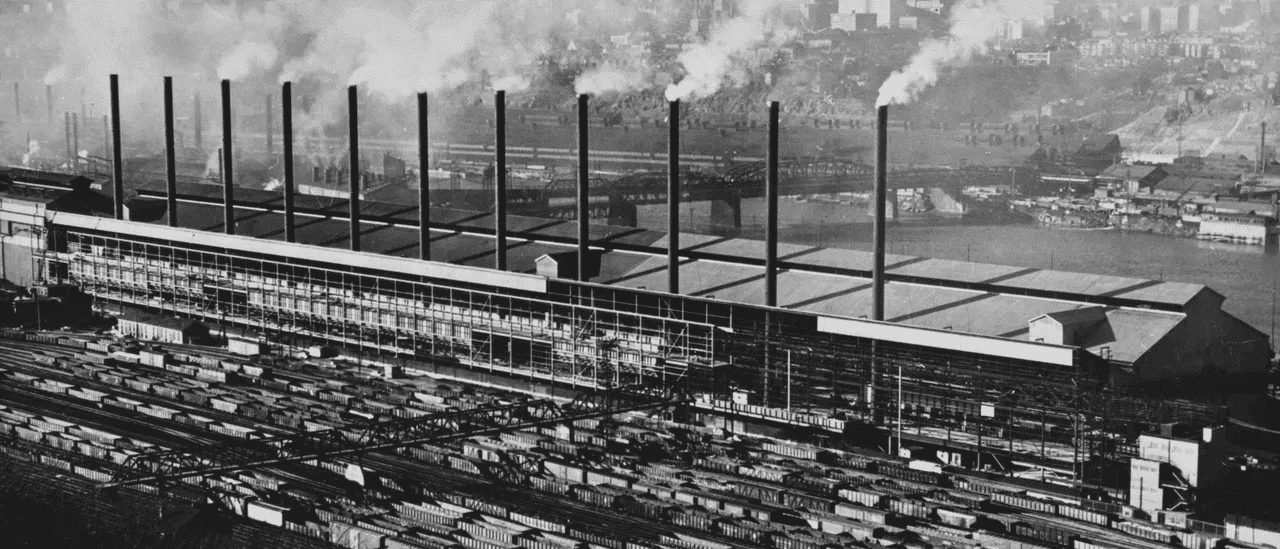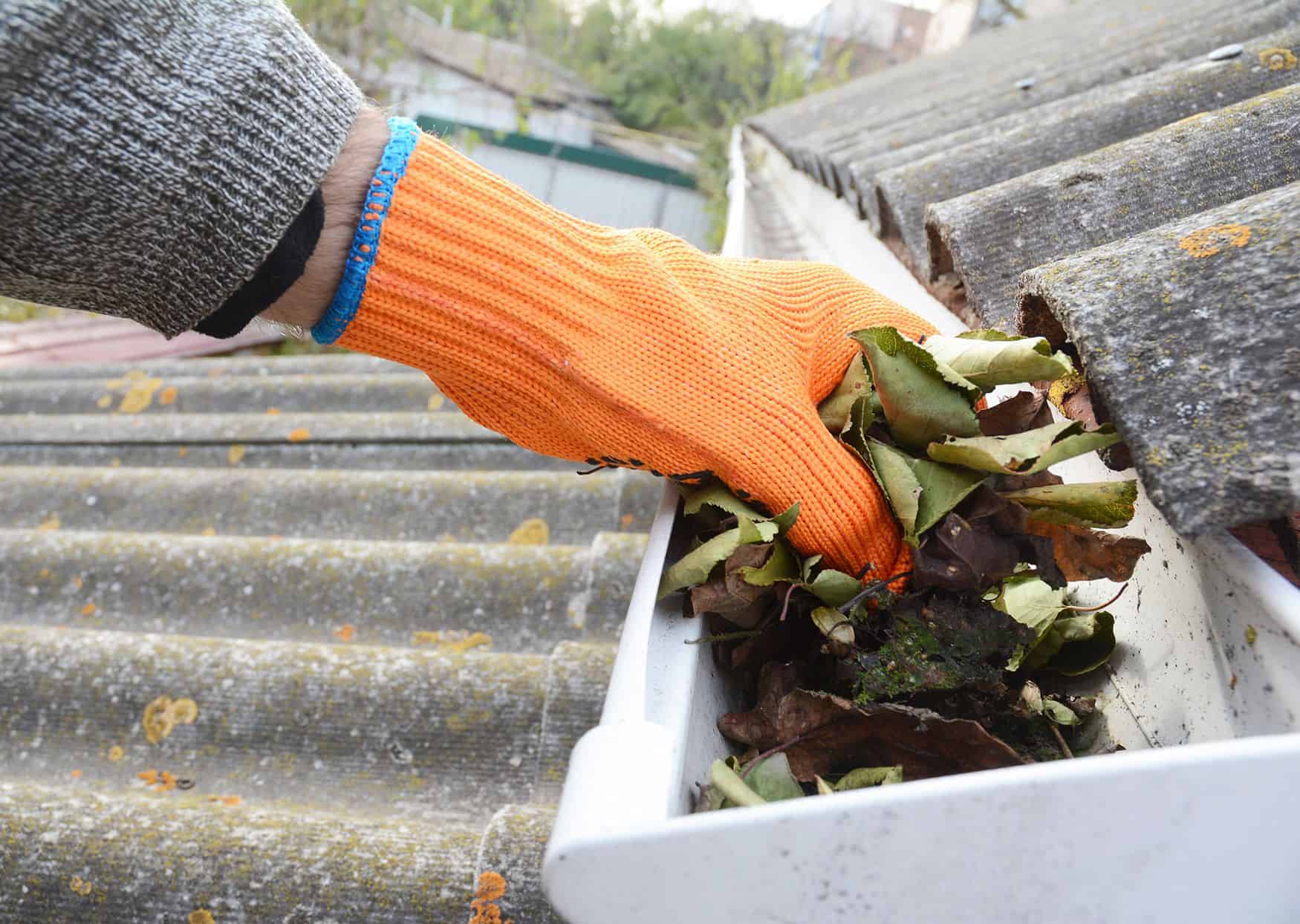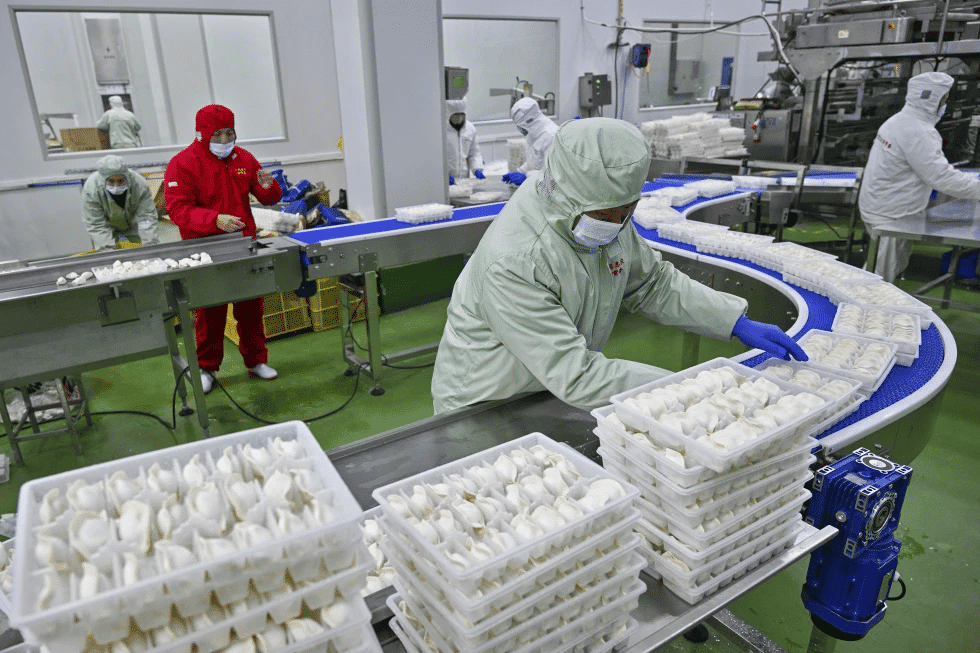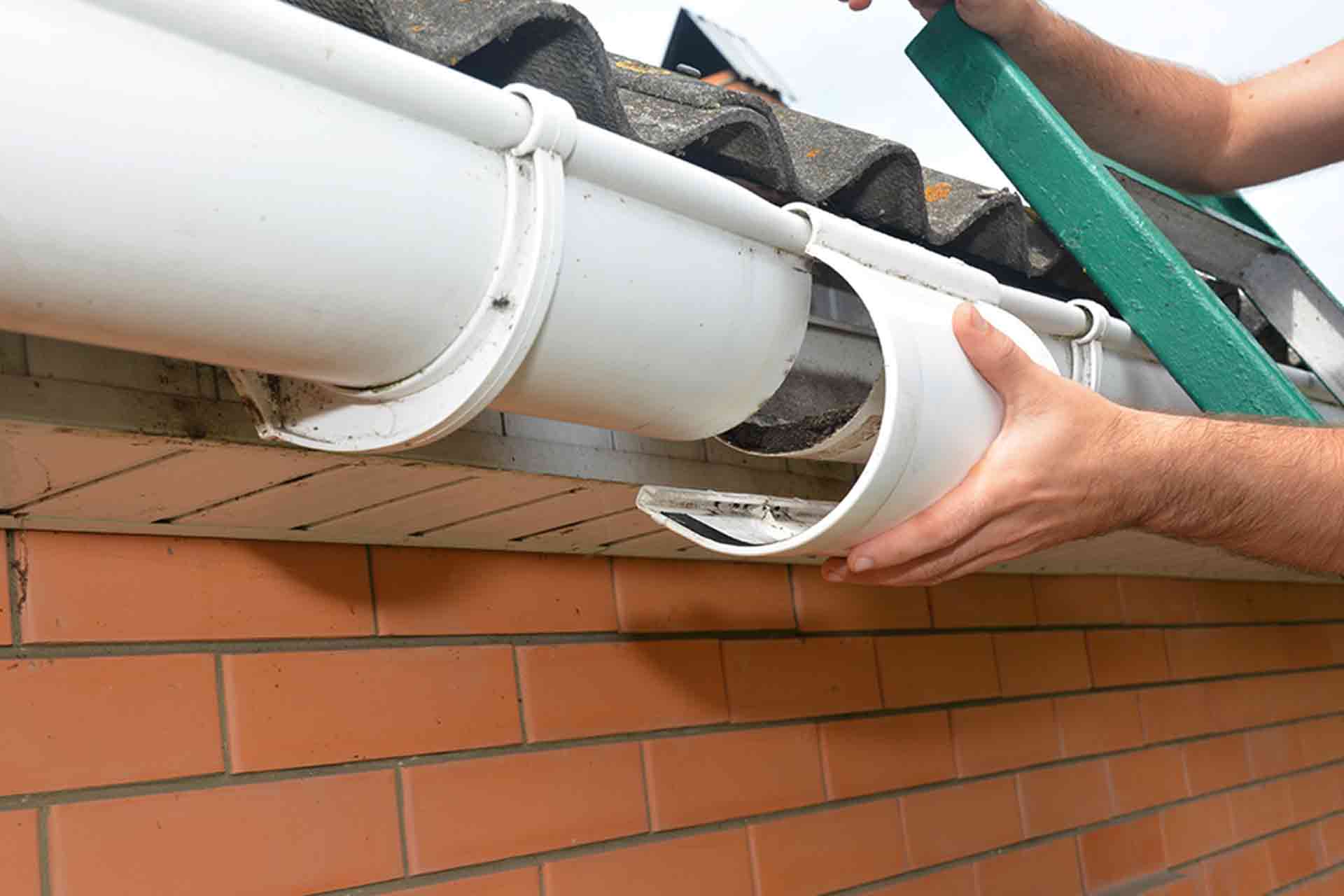As urbanization accelerates, glass and aluminum panel curtain walls have become a key feature of modern architecture. These materials offer a sleek, stylish look and superior lighting performance while maintaining lightweight properties. However, installing them requires specific expertise to ensure quality, safety, and structural integrity. This blog post outlines the essential steps and techniques involved in curtain wall installation, focusing on preparation, structural setup, and safety measures.
1. Preparation for Curtain Wall Installation
Before beginning any project, thorough planning and material preparation are crucial to success.
- Design & Plan Review: The first step is ensuring the design and construction plans are thoroughly reviewed for feasibility and alignment with safety standards. The structural design must be scrutinized for weight-bearing capacity, stability, and compatibility with other building systems.
- Material Selection & Inspection: All materials, including glass, aluminum panels, steel, and sealants, must be inspected for compliance with quality standards. Proper material inspection prevents issues like material failure during installation.
- Team Training: Assemble a skilled team with experience in curtain wall installation. Proper training ensures that all workers are familiar with the design specifications and safety standards.
2. Main Steps in Curtain Wall Installation
Once the preparation phase is complete, the installation process begins with precision and careful execution.
- Measuring & Alignment: Accurate measurements are the foundation of a successful installation. The use of advanced tools such as the total station ensures precise placement and alignment of the curtain wall.
- Structural Frame Setup: Depending on the design, either steel or aluminum alloy framing will be used. It’s essential to check the verticality and levelness of each support element to avoid misalignment.
- Panel Installation: After the frame is securely installed, glass or aluminum panels are attached. For glass, special suction cups and clamps are used to maintain proper alignment during installation. Aluminum panels require precise cutting and fitting to ensure seamless integration.
3. Quality Control & Safety Measures
Maintaining high-quality standards and ensuring the safety of workers are paramount throughout the installation process.
- Quality Checks: Regular quality inspections during installation ensure that the curtain wall meets both structural and aesthetic requirements. This includes checking panel fit, edge treatments, and sealant application to ensure water-tightness and durability.
- Safety Protocols: Safety is critical when working at heights. Proper scaffolding and safety nets are installed to protect workers from falls, and all personnel must wear protective gear. Adhering to safety standards ensures that the installation is carried out without incidents.
Conclusion
The installation of glass and aluminum panel curtain walls is a detailed process that requires professional expertise, precision, and adherence to safety and quality standards. By following these outlined steps, builders can ensure the long-term performance and durability of their curtain walls. As construction techniques evolve, staying up-to-date with the latest methods and materials will continue to improve the efficiency and sustainability of installations.













